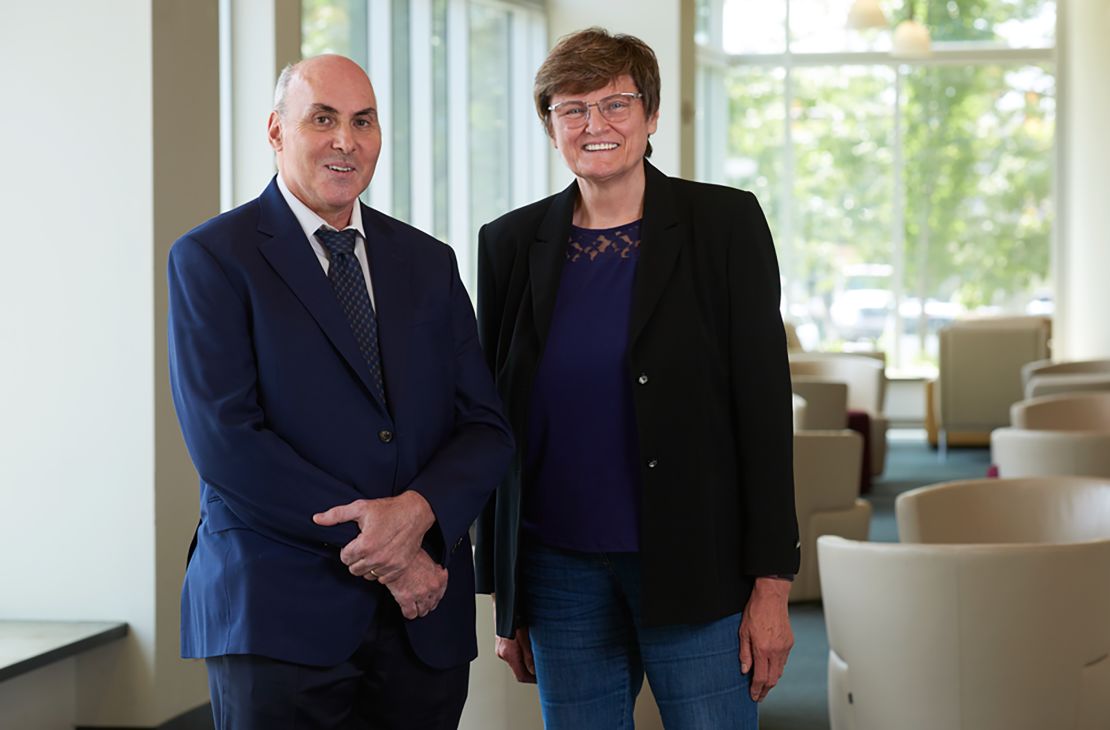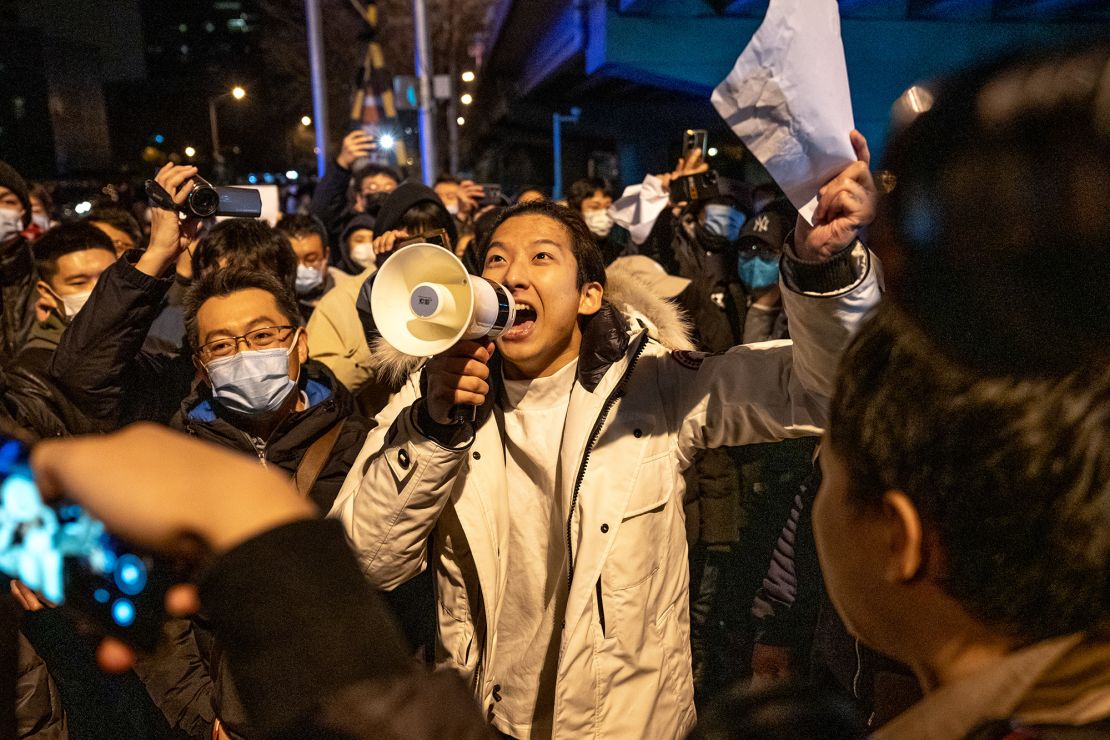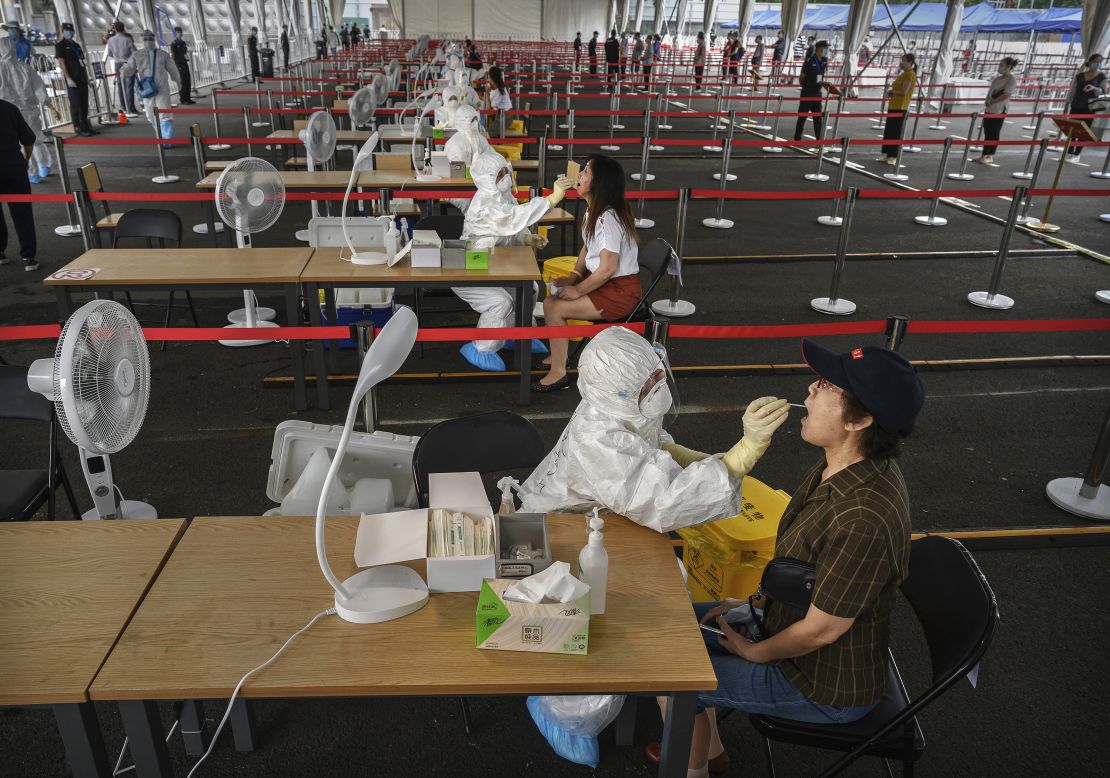This article was originally published in December, 2022, and has been updated to reflect news developments.
Many think the now-famous mRNA vaccines came into existence in the blink of an eye, at warp speed, in the throes of a deadly pandemic. But for Drew Weissman, who, along with his research partner Katalin Karikó, is credited with developing the platform that made the life-saving mRNA vaccines possible, RNA technology was a long time coming. (Update: In 2023, Weissman and Karikó were awarded the Nobel Prize in physiology or medicine for their work on mRNA vaccines.)
Weissman, 63, grew up in Lexington, Massachusetts, before attending Brandeis University, and then receiving both a doctorate and a medical degree from Boston University. He eventually landed a fellowship in Dr. Anthony Fauci’s lab at the National Institute of Allergy and Infectious Disease, where he spent the better part of the ’90s researching dendritic cells, a key biological player in starting the body’s immune response. So, when he found himself at the University of Pennsylvania in 1997, the question of how to bolster the human immune system was already burning in his mind.
Then, serendipity stepped in. Weissman bumped into Karikó, a biochemist at the university, while waiting at the Xerox machine for articles to be photocopied. They began talking about their shared research interest. Karikó, a native of Hungary, had spent decades researching messenger RNA – the biological instruction manual for the production of proteins in human cells – and was convinced of the potential it held for human therapeutics.
Just like that, a scientific dream team was formed.

Their research, however, was an uphill battle. For years, Weissman and Karikó’s experiments with RNA ended in failure. The key problem: The RNA was provoking an immune response that made their lab mice sick. But in 2005, with little support left from the scientific community, the pair had a breakthrough. They realized that by modifying the RNA, it would subvert detection by immune cells, and the proteins that the body synthesized from the RNA would train the immune system to recognize a specific foreign invader. With this modified RNA, the mice no longer got sick and showed the immunity Weissman and Karikó had hoped for.
So, when the Covid-19 pandemic hit, it didn’t take long – just the amount of time to sequence the genome of the SARS-CoV-2 virus, create the mRNA based on that sequence and send the final product through the regulatory process – for a safe and effective Covid-19 mRNA vaccine to be approved for use.
Since then, millions of lives have been saved by the vaccines. Covid-19 is still a threat, but vaccinated and boosted Americans have largely been able to return to a normal cadence of life.
Across the globe, however, life has looked very different. China has resisted the use of Western mRNA vaccines, instead relying on its zero-Covid policy of strict lockdowns and Covid controls to try to keep the virus from spreading within its borders. This policy recently sparked unprecedented demonstrations among Chinese citizens and, as a result, on Wednesday, the Chinese government released extensive revisions to its restrictive, and ultimately unsuccessful, zero-Covid policy.

The easing of China’s policy may be heralded as a victory, but it’s one that could come with a steep cost. As of late November, 90% of China’s population had completed two doses of a Covid-19 vaccine, while only about 66% of people over 80 had received two doses, according to Chinese officials. What’s more, the vaccines available to Chinese citizens use an inactivated SARS-CoV-2 virus, and pale in comparison to their mRNA counterparts that are approved in the US, says Weissman.
But now, it seems, China is recognizing the promise of mRNA vaccines; it’s reportedly close to having one, made in its own country, approved for use. If that approval comes soon, it could deliver the nation from its pandemic turmoil.
This interview has been edited for length and clarity:
CNN: Can you explain how an mRNA vaccine works? What happens in the body after someone gets an mRNA shot?
Weissman: In an mRNA vaccine, the mRNA acts as a kind of middleman. In our cells, DNA contains all the codes for the proteins we need to live. The messenger RNA makes a copy of one of those codes and brings it to a machine called a ribosome that reads the mRNA code and produces a protein from it.
An mRNA Covid-19 vaccine supplies the codes for part of the SARS-CoV-2 virus called the spike protein. The ribosomes read the mRNA vaccine code and create the virus’ spike protein from it — and the body’s immune system starts recognizing it and creating antibodies to respond to it. Then, if the real virus is ever introduced into the system, the body will recognize its spike protein and will have already built up the antibodies needed to fight it off.
CNN: What were the biggest challenges to developing the mRNA vaccine platform?
Weissman: The roadblocks started 25 years before the pandemic hit. Back then, everybody took the attitude that mRNA wasn’t a good therapeutic and that it was a waste of resources to do the research. Support and funding were the biggest roadblocks we hit. We finally got funding, but even after that, it was years before people started to think, “Oh, wait a minute, RNA might actually be useful!”
CNN: When the scientific community was skeptical of investing in RNA research, what was it that kept you from giving up on it?
Weissman: The reason I kept at it was the potential I thought RNA had. When you have to make a new vaccine for a new disease using live viruses, it’s a huge amount of work. But RNA is simple. It’s plug and play. You take any protein you want to make an immune response against, you make RNA from it, you stick it in lipids, and you’re done. It was a simple platform that could be used emergently if a new virus suddenly appeared. We were thinking that it would be used against a flu pandemic, but when Covid hit, the vaccine was ready to go.
I also thought that in addition to vaccines, we might be able to deliver therapeutic proteins and gene edit with RNA. There was so much potential that we felt that the drawbacks needed to be addressed and figured out. And that’s why we stuck with it for so many years.
CNN: Do you see a future in which we turn to RNA therapeutics to treat or prevent things like the flu, cancers or autoimmune diseases?
Weissman: We’re now turning to RNA for more than just vaccines. There are therapeutics in the works for a variety of diseases, including HIV, influenza, malaria and others. And there are ongoing clinical trials using RNA to treat cancer. We’ll likely also see clinical trials for RNA therapeutics for autoimmune diseases, too. So, it’s hit the mainstream, and people are looking at it as a potential new therapy.
I’m also speaking with institutions that treat genetic diseases that afflict only 200 people. There is such a small population affected that no pharmaceutical company, and very few academics, are interested in researching them. But there is potential for RNA to be the key to treatment of these diseases because instead of having to reinvent the gene therapy for each disease, we can use the RNA platform we’ve already developed and easily plug in different diseases. We don’t have to spend $100 million in research to make a new treatment.
CNN: What does the world need to do to better utilize RNA technologies to fight diseases in the future?
Weissman: We need to develop the infrastructure to make new medicines, new vaccines, new therapies available to the world. I’ve been working with a lot of low- and middle-income countries to help them develop RNA therapeutics. Take Thailand: Through support from its government and charitable donations, Thailand was able to fund the development of an mRNA vaccine, which is currently in clinical trials, and could be distributed through Southeast Asia.
And it’s not just Covid vaccines. If countries have the infrastructure to produce RNA therapeutics, they could potentially protect their people from some of the biggest infectious diseases. So, the most important thing is building the infrastructure where it’s needed.
CNN: What are your thoughts on China’s zero Covid approach? Do you think China did its citizens a disservice by not making mRNA vaccines available to them?

Weissman: Initially, I think China took the right approach, which was to lock down to avoid transmitting Covid-19. And that worked in the beginning. The problem is that, once vaccines became available, China then only gave their citizens vaccines that were made in its own country. And, honestly, the vaccines that they made were lousy.
Now they find themselves in a situation where the virus can be transmitted very easily when people are out in public. Had they purchased mRNA vaccines and immunized their population, they wouldn’t be in this situation. The bottom line is that China’s zero-Covid policy will never work, because Covid is everywhere. You can’t keep it out.
CNN: The Covid-19 vaccines use messenger RNA, or mRNA. Is mRNA the only type of RNA that is being studied for use in therapeutics?
Weissman: No, there’s a new institute at the University of Pennsylvania that does all kinds of RNA research. There are some diseases, particularly muscular diseases, that are caused by incorrect splicing of our RNA. So, we’re looking at new therapies to correct that splicing problem, which use different types of RNA.
CNN: What are the biggest problems that face RNA therapeutics and vaccines moving forward?
Weissman: The biggest problem is social media distortion of what RNA is and what it can do. Misinformation scares a lot of people away from taking RNA therapies. I can’t tell you how many times a week I hear people say, “Oh, I won’t take the vaccine, it’ll make me sterile, it’ll give me cancer, it’ll change my genes.” All of that is absolute nonsense, and I think it’s important for scientists to let people know that it’s nonsense – that RNA is safe.
Get our free weekly newsletter
But there are a lot of ways to address that problem. Scientists aren’t vocal enough about science. There are large groups of people who think scientists are all frauds and who don’t believe in science, and they’re being cultured by some of our far right-wing politicians, religious leaders and community leaders. We need to get to those leaders and tell them to stop creating this unwarranted fear. We need to tell them that science isn’t the enemy.
